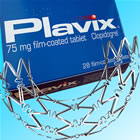 No one thought it would take quite so long to get this information, but in just a couple hours results from the Dual Antiplatelet Therapy (DAPT) Study will be presented at the American Heart Association Scientific Sessions 2014. The question to be answered: Is there a benefit to extending dual antiplatelet therapy (aspirin plus a thienopyridine, such as clopidogrel/Plavix, prasugrel/Effient, etc.) beyond one year after stenting?
No one thought it would take quite so long to get this information, but in just a couple hours results from the Dual Antiplatelet Therapy (DAPT) Study will be presented at the American Heart Association Scientific Sessions 2014. The question to be answered: Is there a benefit to extending dual antiplatelet therapy (aspirin plus a thienopyridine, such as clopidogrel/Plavix, prasugrel/Effient, etc.) beyond one year after stenting?
This is a question asked back in 2006, during a special two-day FDA hearing, convened to discuss all known issues with drug-eluting stents and prompted by the “ESC firestorm” over the problems of increased incidence of late stent thrombosis in drug-eluting stents. (See “Problems Resurface with Drug-Eluting Stents” – September 9, 2006.) Continue reading

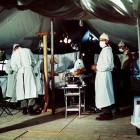 Today is Veterans Day in the U.S., honoring the soldiers who fought in the country’s wars. Last week was the VIVA 14 meeting, presenting the latest advances and techniques in endovascular repair and therapy of blood vessels.
Today is Veterans Day in the U.S., honoring the soldiers who fought in the country’s wars. Last week was the VIVA 14 meeting, presenting the latest advances and techniques in endovascular repair and therapy of blood vessels.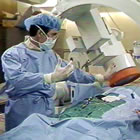
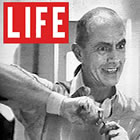
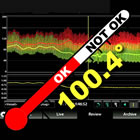 This week started off with me watching a demonstration of fractional flow reserve (FFR) during multivessel PCI. This very instructive case was transmitted live from Hammersmith Hospital in London and featured Dr. Justin E. Davies showing how to perform FFR and, more importantly, how the use of FFR changed the treatment plan for this patient.
This week started off with me watching a demonstration of fractional flow reserve (FFR) during multivessel PCI. This very instructive case was transmitted live from Hammersmith Hospital in London and featured Dr. Justin E. Davies showing how to perform FFR and, more importantly, how the use of FFR changed the treatment plan for this patient. On October 23-25, 2014 the 3
On October 23-25, 2014 the 3

